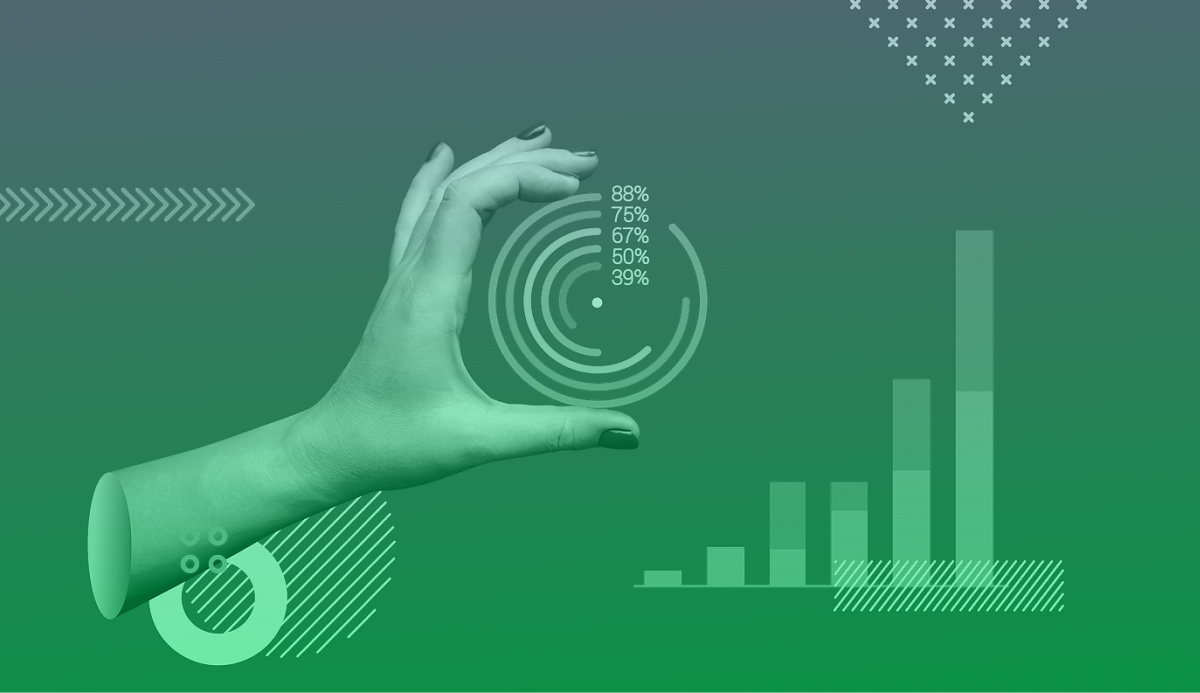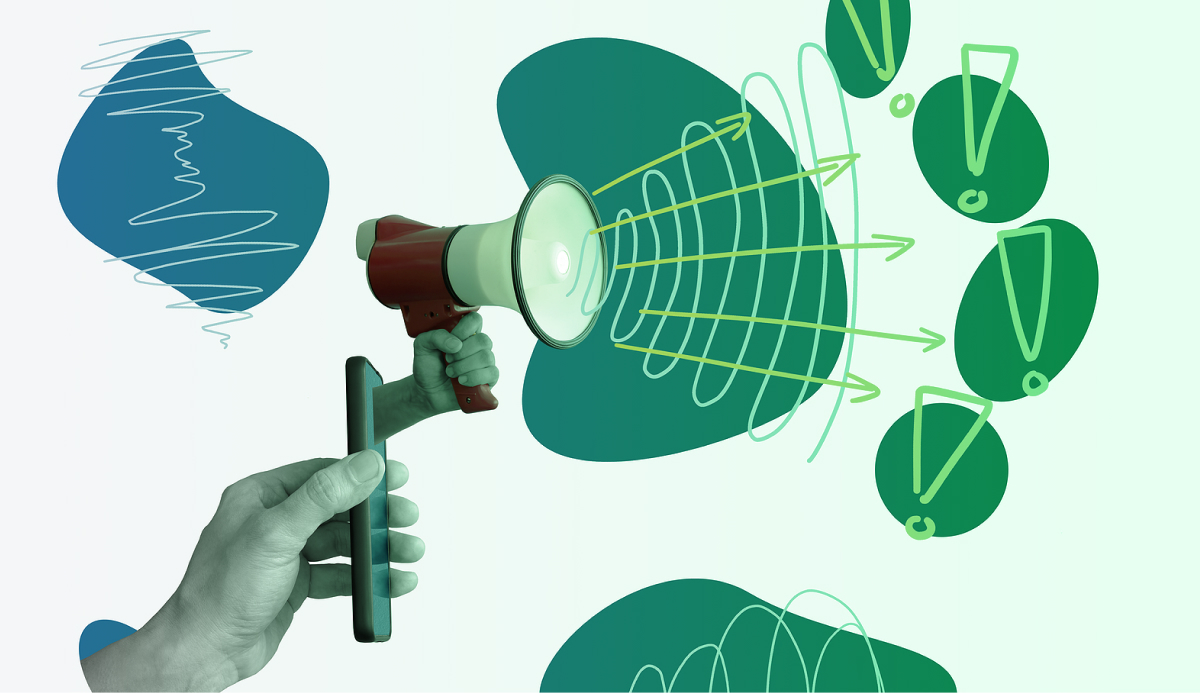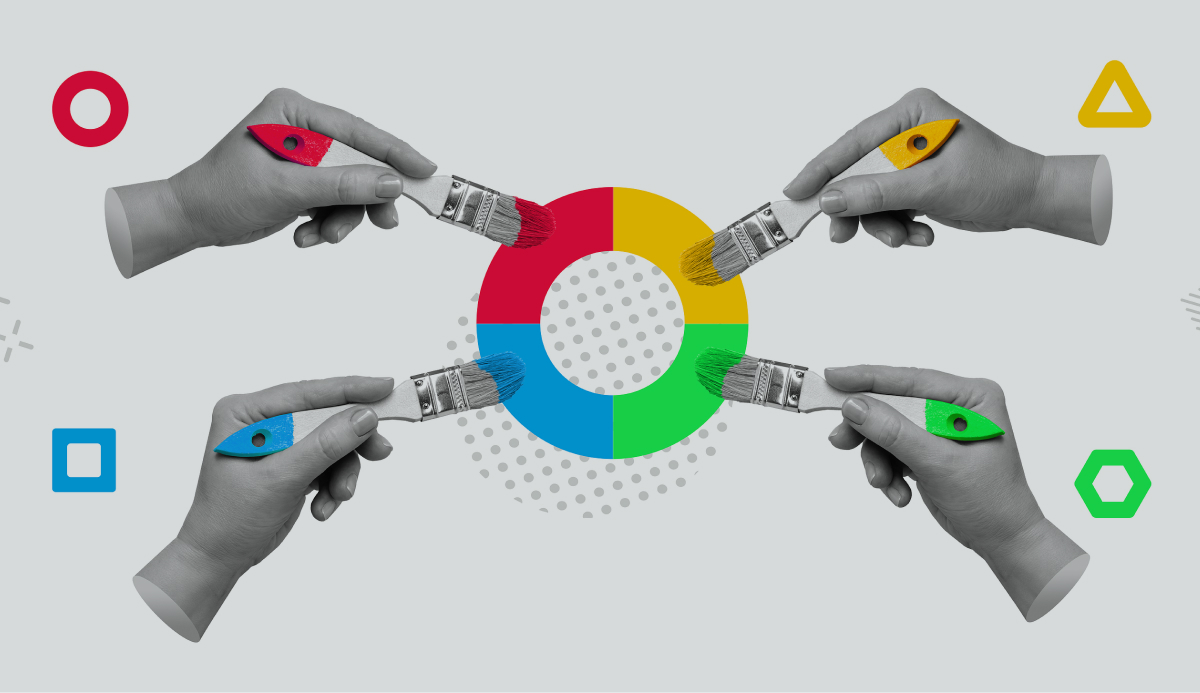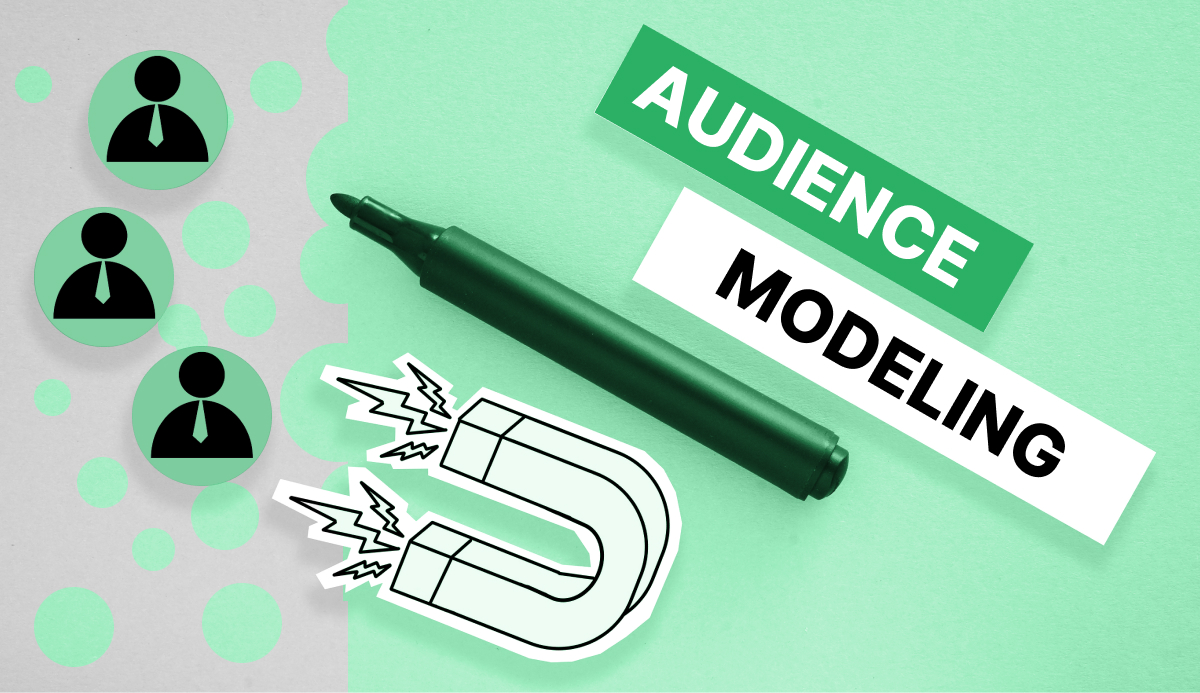
How do you go about understanding audience behavior? Getting the answer to this question is a lot like unlocking the keys to the proverbial kingdom because here’s the thing - when you learn how to understand audience behavior like an expert, you can more effectively market to your ideal customers. Below we’re uncovering the expert tips you need to unlock your marketing success. While we can give you the keys though, it will be up to you to ultimately use them!
Let’s dive in, shall we?
Why Understanding Audience Behavior is So Important
Above we explained that the reason understanding audience behavior is crucial in marketing and advertising is that it helps you more effectively accomplish your goals. But, how exactly does this happen? When you examine behavior, you essentially learn how your audience:
- Thinks
- Feels, and
- Makes purchasing decisions.
Imagine knowing exactly what your audience was thinking in the moment they were thinking it. It stands to reason that if you knew what they were thinking you could influence their buying decision. For example, I’m thinking I’m thirsty, and you offer to sell me a cold beverage. Odds are, depending on the beverage, it would be much easier to convince me to purchase it because I was already feeling thirsty.
Now, upscale that to a much larger level. If you knew your audience was in the market to buy tax software let’s say, and you have tax software to sell, wouldn’t it be easier to convince them to purchase? Yep! And, if it’s getting closer to tax season and you know your audience waits until the last minute to purchase software, you could then craft messages that speak directly to those people. Think of how much easier it would be to write your advertising copy! The possibilities are endless once you have a better idea of how your audience will behave.
5 Secret Tips for Understanding Audience Behavior
As promised, here are the five tips we promised you for how to understand audience behavior like an expert:
- Conduct comprehensive audience research
- Utilize data analytics and tracking tools
- Develop buyer personas
- Monitor and analyze the customer journey
- Embrace A/B testing and experimentation.
Next, let’s break each of these tips down further so you can get to what you really came here for - figuring out precisely how your audience will behave!
Tip 1: Conduct Comprehensive Audience Research
Audience research provides valuable insights into the preferences, motivations, and decision-making processes of your target audience. It’s what you’ll use to tailor your marketing strategies and messaging to effectively connect with them. When you understand their behavior, you can create campaigns that resonate with their needs and desires. Like that example we mentioned earlier - if you know someone is thirsty, you can create a campaign to quench their thirst so to speak.
Research is also what allows you to stay up to date as trends and preferences evolve. This is the secret weapon marketers are looking for to stay ahead of the competition.
Different research methods and data sources can be employed to gather these valuable insights. The primary categories for these research methods are quantitative and qualitative research techniques.
Quantitative Research Techniques
Quantitative research techniques involve gathering numerical data to gain insights into audience behavior. Think surveys and questionnaires. These are what are most frequently used to collect data on a large scale, providing statistical analysis and measurable insights.
Another powerful tool is data analytics. But, we’ll delve into that a little later.
Quantitative research techniques help you to identify patterns, trends, and correlations, providing a quantitative understanding of your audience's behavior.
Qualitative Research Techniques
Qualitative research techniques focus on gaining a deeper understanding of audience behavior through subjective insights. Focus groups bring together a small group of individuals to discuss their perceptions, opinions, and experiences related to your product or service.
Another qualitative research technique is interviews. These provide an opportunity for one-on-one conversations to explore motivations, preferences, and attitudes.
Finally, is observations which involve directly observing and studying audience behavior in real-life or controlled environments. These qualitative techniques provide rich and nuanced insights that help you understand the "why" behind audience behavior and uncover valuable qualitative data.
With a combination of quantitative and qualitative research techniques, you can obtain a comprehensive understanding of your audience's behavior, preferences, and motivations. This knowledge serves as a solid foundation for developing effective marketing strategies and creating targeted campaigns that resonate with your audience.
Tip 2: Utilize Data Analytics and Tracking Tools
The primary data analytics and tracking tools used for understanding audience behavior are:
- Websites and Apps Analytics
- Social Media Listening and Monitoring, and
- Data pulled from Customer Relationship Management (CRM) Systems
Leveraging Website and App Analytics
Tracking user behavior on digital platforms is essential for understanding audience interactions. By utilizing website and app analytics, you can gather valuable data on user engagement, demographics, browsing patterns, and conversion rates. This information helps you optimize your online presence, identify areas for improvement, and tailor your marketing efforts to better serve your audience. Popular analytics tools such as Google Analytics, Adobe Analytics, and Mixpanel offer a range of metrics and insights to understand audience behavior and measure the success of your digital initiatives.
Social Media Listening and Monitoring
Social media has become a powerful platform for audience engagement and conversation. By listening to and monitoring social media conversations, you can extract valuable insights into audience preferences, sentiments, and trends. Tools and techniques for social media monitoring, such as social media listening platforms, sentiment analysis tools, and hashtag tracking, allow you to track brand mentions, understand audience sentiment, identify influencers, and gauge the impact of your social media campaigns. This enables you to adapt your strategies and engage with your audience effectively.
Incorporating Data from Customer Relationship Management (CRM) Systems
Integrating data from Customer Relationship Management (CRM) systems provides a holistic view of audience behavior. CRM systems house valuable information about customer interactions, purchase history, engagement patterns, and preferences. By analyzing this data, you can identify key customer segments, personalize marketing messages, and develop targeted campaigns. Understanding audience behavior through CRM data allows you to nurture customer relationships, optimize customer journeys, and provide tailored experiences that drive customer loyalty and retention.
Tip 3: Develop Buyer Personas
What are buyer personas? Essentially, they’re fictional representations of typical audience segments that encompass their demographics, behaviors, motivations, and preferences. They provide a clear understanding of your target audience and serve as a reference point for marketing efforts. Buyer personas help you empathize with your audience, understand their needs, and craft strategies that resonate with them. Through creating personas, you can gain insights into behavior and preferences, ultimately improving the effectiveness of your marketing campaigns.
Creating Effective Buyer Personas
Creating effective buyer personas involves conducting research and gathering data to ensure accuracy and relevance. This can be achieved through methods such as surveys, interviews, customer feedback, and market research. Key components of well-defined personas include demographics, goals, challenges, values, buying preferences, and decision-making criteria. By focusing on these components, you can create personas that accurately represent your target audience and provide actionable insights.
Applying Buyer Personas in Marketing Strategies
Once buyer personas are developed, they become powerful tools to guide your marketing strategies. Tailoring messaging and campaigns based on the insights of each persona allows you to create content and communication that speaks directly to the needs and motivations of your audience segments. By aligning marketing efforts with specific audience needs and preferences, you can improve engagement, conversions, and customer satisfaction. Buyer personas also help in identifying the most appropriate channels, platforms, and marketing tactics to reach and engage your target audience effectively.
Tip 4: Monitor and Analyze Customer Journey
Mapping the customer journey involves understanding the stages and touchpoints that a customer goes through when interacting with your brand. This includes their initial awareness, consideration, decision-making, and post-purchase experience. Through mapping out the customer journey, you gain insights into the key interactions, channels, and touchpoints that influence their decision-making process. Techniques such as customer interviews, surveys, and data analysis can help visualize and document the customer journey, providing a clear understanding of the customer's experience from start to finish.
Analyzing Customer Journey Data
Analyzing customer journey data allows you to identify pain points, opportunities, and behavioral patterns that can be optimized to improve conversions and enhance the overall customer experience. Tracking and analyzing data at each stage of the customer journey, allows you to uncover areas where customers may be facing challenges or drop-off points. This analysis enables you to make data-driven decisions to improve customer satisfaction and increase conversions. Data analysis techniques such as funnel analysis, cohort analysis, and heatmaps can provide valuable insights into customer behavior, preferences, and interactions, helping you optimize the customer journey and drive better business results.
Through the act of monitoring and analyzing the customer journey, you can gain a deeper understanding of how customers interact with your brand. This knowledge allows you to identify areas of improvement, optimize touchpoints, and create a seamless experience that meets customer needs and expectations. Analyzing customer journey data enables you to make informed decisions to enhance the customer experience, increase conversions, and foster long-term customer loyalty.
Tip 5: Embrace A/B Testing and Experimentation
A/B testing and experimentation play a crucial role in understanding audience behavior by providing valuable insights into their preferences, motivations, and responses. By conducting controlled experiments, you can compare different variables and variations to determine what resonates best with your audience. Iterative testing allows you to refine your marketing strategies based on data-driven insights rather than assumptions, resulting in more effective campaigns and improved audience engagement.
Designing Effective Experiments
Designing effective experiments involves defining clear hypotheses and variables to test. A well-designed experiment starts with identifying the specific element or variable you want to test, such as a headline, call-to-action, or design element. It is important to have a hypothesis that predicts the expected outcome of the test. Best practices for implementing A/B tests and experiments include ensuring that the sample size is statistically significant, randomizing the allocation of variations, and tracking relevant metrics and conversions accurately.
Analyzing Results and Iterating
Analyzing the results of A/B tests and experiments allows you to interpret the outcomes and draw conclusions about the impact of the variations on audience behavior. By analyzing data and metrics such as click-through rates, conversions, engagement, and customer feedback, you can determine which variation performed better and why. Iterating based on these insights involves incorporating the successful elements into future marketing initiatives, optimizing strategies, and continuously improving campaign performance. This iterative process helps you stay responsive to evolving audience preferences and increase the effectiveness of your marketing efforts over time.
Bottom line - A/B testing and experimentation provides you with valuable insights into audience behavior and preferences. Testing allows you to refine and optimize your marketing strategies based on data, leading to more effective campaigns and improved audience engagement. By designing effective experiments, analyzing the results, and iterating based on insights, you can continuously improve your marketing initiatives and stay ahead of the competition.
Audience Behavior Can Translate Into More Revenue
Understanding audience behavior is a crucial aspect of any effective marketing strategy. By implementing the expert tips provided, such as conducting audience research, leveraging data analytics, developing buyer personas, monitoring the customer journey, and embracing A/B testing, you can gain valuable insights into your audience and refine your marketing efforts accordingly.
If you're looking for a quick and efficient solution, we recommend Wodwo. With our ready-to-use platform, affordability, and ability to generate customer insights in under an hour, Wodwo can help you better understand your audience and make data-driven decisions to optimize your marketing campaigns. Take the next step and empower your marketing strategy with Wodwo's powerful tools and insights today. Get started today!









